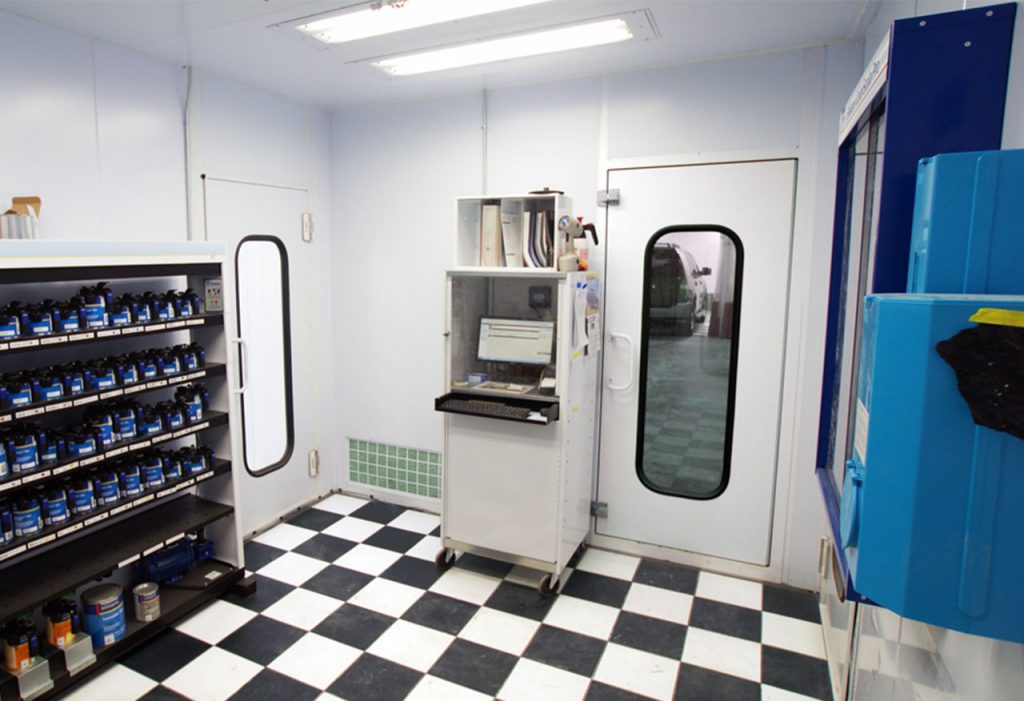3 Industrial Paint Mixing Tips for Eye-Catching Results
From paint storage to mixing to application, every aspect of the finishing process must be handled with care and detail. The mixing step can be extremely tedious when you consider quality, regulations, and safety. Without adhering to proper guidelines, you risk unsafe work environments and tainted results.
Follow these three paint mixing tips for the industrial finishing process.
1. Understand the Importance of Paint Mixing
Paint mixing affects both the quality of the finish and the production time. Not only are the ingredients being stirred, additives are also mixed in to increase the finish’s durability. Formulating these compounds have become more involved in recent years, as the industry has switched from solvent-based paints to water-based paints. Paint mixing must also adhere to higher governance, such as the EPA (Environmental Protection Agency) and OSHA (Occupational Safety and Health Administration).
2. Make Use of a Plural Component Machine
A plural component machine is used for paint mixing and plays a crucial role in quality assurance. Typically, the coating manufacturer states mixing and temperature guidelines. Failure to adhere to the coating manufacturer’s policies will result in inconsistent pigments and an undesirable finish. To avoid these problems, use a plural component machine.
3. Start with a Proper Mix Environment
After knowing why paint mixing is essential and how to do it, the next factor is where it happens. A clean, well-lit area, such as an Accudraft Mix™, is necessary to achieve incredible mixing results. It provides a code-compliant, well-ventilated area for paint mixing. Here’s a closer look at its features:
- Design flexibility: Our mix rooms can be standalone or attached to a paint booth to maximize productivity and save time.
- Blower and motor components: Adjustable drive pulley and isolation bushings provide trouble-free ventilation for your paint mixing room.
- Vapor-proof switch: The switch is protected from vapors and excess paint coming off of the painter’s hands or gloves.
Inside accessible light fixtures: Inside accessible hinged tempered glass lenses make changing bulbs easy and hassle-free.
To learn more about proper paint mixing, contact Accudraft. Our sales associates are ready to walk you through solutions and the mix room installation processes.
